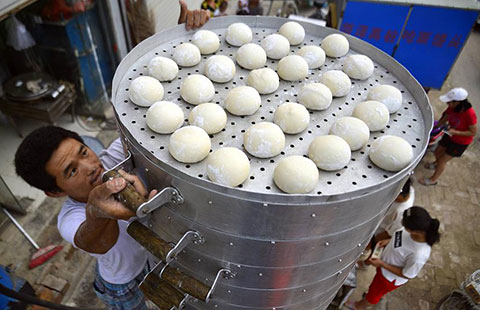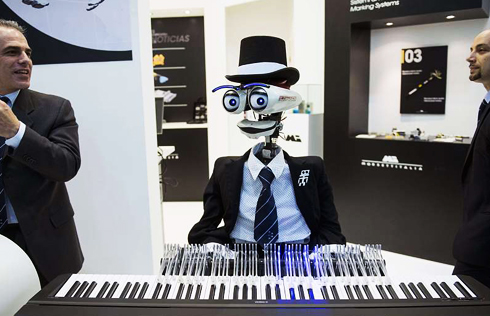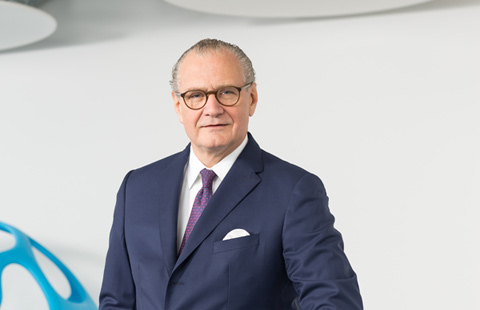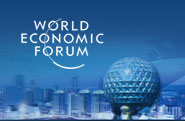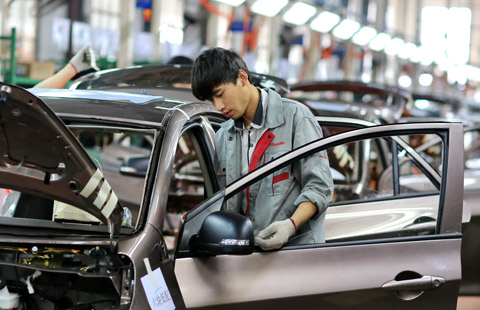Currency expected to be on the higher side in second half
 |
|
Pippa Malmgren, a US economist |
"As Chinese companies have fewer outbound mergers and acquisitions this year, capital outflows are also lower," said Pippa Malmgren, a US economist who served as an adviser to former US President George W. Bush on economic policy and financial markets.
"In the first and the second quarters, China's GDP grew at a respectable rate of 6.9 percent year-on-year, beating expectations."
"So I believe the yuan will become stronger in the second half of this year," she said.
The currency, which at the start of the year traded at its weakest level since 2008, has roared back since the end of May.
Malmgren also said the United States welcomes Chinese companies' investment in infrastructure areas offering mutual benefits.
"The Trump administration has promised to improve infrastructure in the US such as upgrading airports and railways, but they do not have enough money," said Malmgren. "If China prepares to invest in these areas, the US side will be very welcome."
"It is good for the US to have more interaction with China on greenfield investment and mergers and acquisitions," she said.
Malmgren said the central and southern regions of the United States can be the most attractive destinations for Chinese investors seeking mergers and acquisitions in the high-tech and biomedical sectors.
"The US economy is looking stronger than people expected, and the most dynamic parts are no longer the east and west coasts, but the central and southern regions," said Malmgren.
She added that the most dynamic state among the regions is Texas because it is growing very fast and has a strong entrepreneurial environment. Texas is the center of biomedical research in the US, and its capital Austin is a new "Silicon Valley" with strong software and hardware industries.
China was the third-largest inbound M&A investor in the US in 2016, with deals worth $62.6 billion. In the first half of 2017, however, China ranked only ninth, with $6.1 billion worth of deals, according to a report from international law firm White& Case.
Inbound activity from China, one of the most active M&A investors in the US in recent years, has fallen sharply so far this year due to a combination of growing protectionism in the US and tighter outbound M&A regulation in China, the report said.
Malmgren said regarding US regulations on cross-border mergers and acquisitions, Chinese investment is potentially more complex due to strategic security issues between the two nations.
"China and the US are very aligned on the commercial side, but have different objectives on the strategic security side," she said. "I think the two countries will reach a comprehensive agreement including diplomatic and economic issues."
Jing Ulrich, vice-chairwoman of Asia-Pacific at JPMorgan Chase & Co, said Chinese investors will continue to have active M&As in the second half of this year because there remains a strong demand for industrial upgrading.










